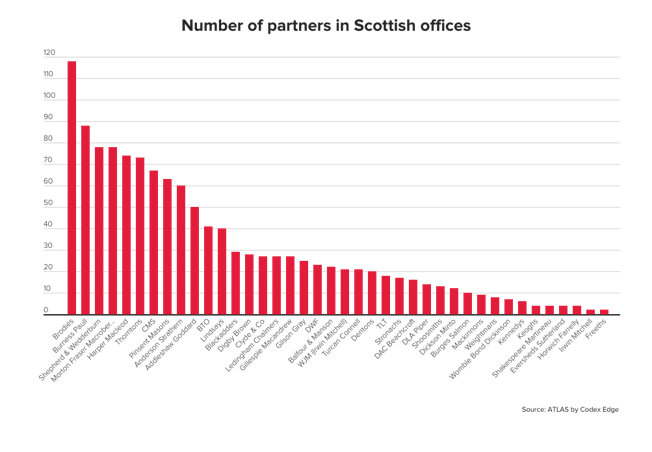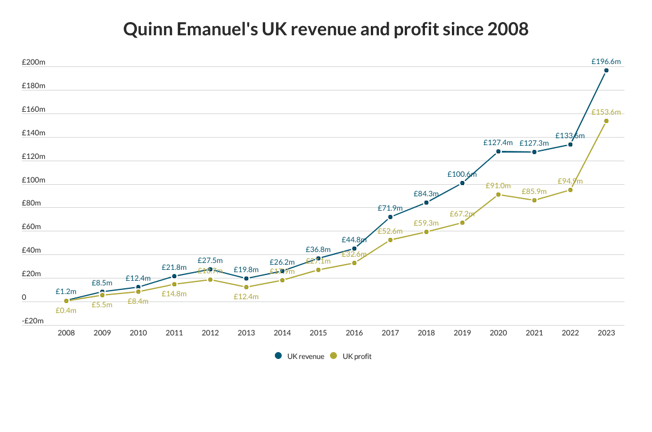The current year has been one of the busiest on record for corporate activity in the Irish market. In keeping with that trend, the third quarter of 2006 produced a high level of corporate deal making, without any noticeable break for the traditionally quieter summer months.
The most high-profile of the deals during that period was the successful flotation of Aer Lingus, which was immediately followed by the unsolicited bid by Ryanair for the company at a price 60 cent above the flotation price. This is a welcome development in a market which has not seen many recent admissions to the full list – although there have been a significant number of admissions to the Irish Stock Exchange (IEX), the secondary market – and should mark the start of a phase of further listings on the official list, some of which are already being spoken about in the market.
The Aer Lingus flotation was focused primarily on raising new capital for the company for future investment and will result in approximately E500m (£337.16m) for investment by the company. The Irish government took the opportunity to realise in excess of E200m (£134.87m) for a number of its shares in the company. Thus the transaction had the complexity associated with the twin aims of raising funds for the company and partially exiting an existing shareholder. Arthur Cox represented the company, William Fry represented the minister and McCann Fitzgerald represented the underwriters AIB Capital Markets and UBS. The transaction involved the first review of an IPO prospectus under the EU prospectus regime introduced in 2005. The 380-page prospectus will form a very useful precedent for this purpose in the future as it indicates the approach likely to be adopted by the regulator in reviewing such documents. A number of difficult issues particular to the industry characterised the transaction, including the ongoing discussion process between the EU and the US regarding open skies (which has implications for ownership of airlines) and issues concerned with connectivity to London Heathrow Airport, perceived as vital by the Irish government. The management of Aer Lingus also dealt very effectively with a number of complex employee-relationship issues, including the incentivisation of employees by the existing employee store ownership trust. The issue was reportedly heavily over-subscribed with demand outstripping supply, resulting in a 10 per cent premium in the initial stages of trading.
The Ryanair bid for Aer Lingus was launched unexpectedly two days after the flotation of Aer Lingus and clearly has the potential to be quite an eventful process. Ryanair would seem to have acquired a significant volume of shares in the grey market, which operated in the few days before flotation and their stake had at the time of writing reached almost 20 per cent. It is clear that the two biggest shareholders at flotation, and Aer Lingus itself, oppose the bid and therefore it will almost certainly be contested. It is unclear at this early stage which competition regulator will have charge of the matter, but it is clear that the bid has the potential to be highly controversial and possibly protracted on competition grounds.
The Aer Lingus flotation and the emerging continued #takeover battle complements what has been a busy year to date for IPOs, primarily on the AIM and IEX markets, and included the market debut of pharmaceutical company AGI Therapeutics, neuroscience company Amarin, property company Blackrock and financial crime and compliance products and services provider Norkom. The number of companies now listed on IEX is 22, which has increased by 14 in little more than a year. This is seen as a likely future trend, particularly with companies in the life sciences and telecoms field.
It is notable that a predominant part of the trading of shares in dual-traded companies is on IEX and given the similarity between AIM and IEX rules, seeking admission to both markets is a relatively painless process. The increased level of EU-inspired regulation associated with fully listed companies may have resulted in some companies, such as Donegal Foods, invoking the relatively easy procedure to transfer from the official list to IEX.
Among the regulatory trends that have happened or that are imminent are the increased requirements placed on fully listed companies by the implementation of the Market Abuse Directive in July 2005, the Takeover Directive in May 2006 and the Transparency Directive, due in early 2007, which will formalise practices surrounding yearly/half-yearly financial reports and quarterly reporting, and these trends are continuing.
The M&A market has been very buoyant, with a sizeable number of deals in excess of E50m (£33.72m). An emerging trend is the selling of companies by an auction process. This has been the preferred method of sale in a number of the exits from the retail market by oil majors, such as Shell and Statoil, and a number of other sales, such as the disposal of the online property retail venture, myhome.ie and generic pharmaceutical company Pinewood Healthcare. These transactions involve concepts such as the sellers’ lawyers preparing the share-purchase agreement with a requirement to compare and contrast various mark-ups received and very extensive and complex due diligence procedures to place every potential purchaser in a position to submit their best bid. A number of these types of transactions are perceived to have produced excellent returns for sellers and it is therefore to be anticipated that they will become an established part of the M&A landscape.
Cross-border M&A deals remain in vogue and include the highly publicised acquisition of Merrion Stockbrokers by Landsbanki of Iceland, the sale of needahotel.com, the acquisition of media image company Stockbyte and a couple of transactions in the estate agency field, most notably the high-profile acquisition of Irish estate agent Hamilton Osborne King by Savills. Many corporate deals are being underpinned by very buoyant conditions in the property market.
With significant focus on M&A activity in 2006, the private equity market has been somewhat a lesser focus. The main venture capital players, however, continue to remain active, as do a number of high-net-worth investors. A number of the main players are increasingly active outside of Ireland, but this is counter-balanced by an increasing presence in the Irish market of foreign-based venture capitalists.
The trend for the remainder of 2006 and into 2007 remains encouraging and it seems clear that the very positive trends in the M&A market will continue in the short to medium-term. It is also to be anticipated that the IPO market is back in top gear and that the balance of 2006 and 2007 will see a number of further IEX and AIM admissions. n
Brendan Heneghan is a partner in the corporate group at William Fry+ continued





























